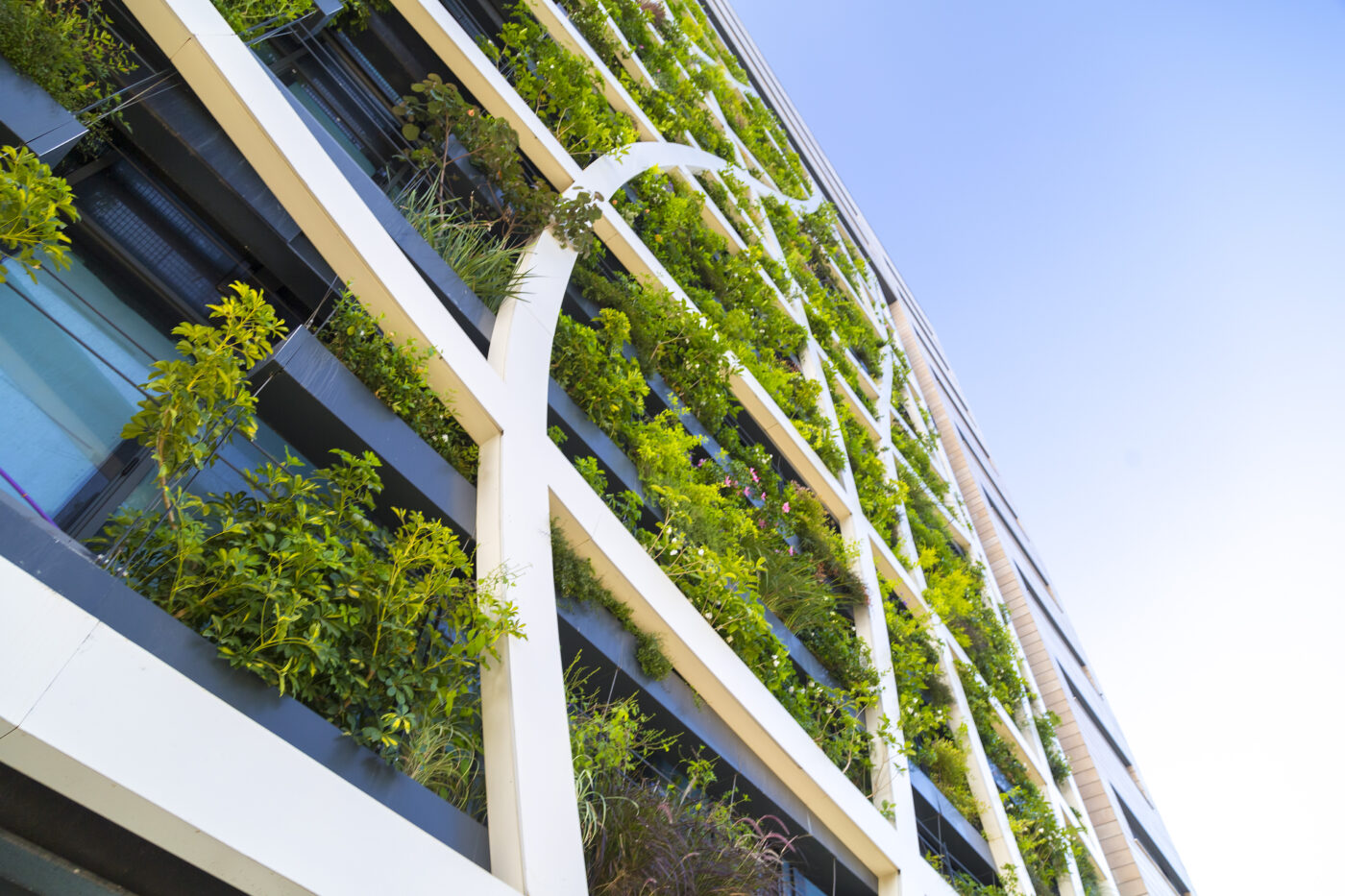
- This event has passed.
BREEAM Resilience Framework Workshop

Following on from last November’s roundtable with the Construction Clients Leadership Group on Resilience – see Resilience, the Cinderella of Climate Action – Constructing Excellence our colleague’s in BREEAM have now developed a new approach to resilience within BREEAM. We are hosting an online session with the technical team to review the BREEAM Resilience Framework and share insights.
Climate change has moved from a future forecast to a present-day reality, disrupting lives, businesses, and the very buildings we occupy. In response, BREEAM is taking a definitive step. The upcoming Refurbishment and Fit Out (RFO V7) scheme introduces a comprehensive new Resilience category, fundamentally expanding the definition of sustainable building for an uncertain world.
Over 40% of the buildings that will stand in 2040 were built before 1980, long before modern climate risks were a design consideration. The challenge is now twofold: we must decarbonise these assets while also ensuring they can withstand, adapt, and thrive amidst increasing shocks of extreme weather and chronic stresses of a changing climate. A building that isn’t future ready cannot be sustainable. Resilience is the critical link that ensures our spaces remain safe, healthy, and valuable long into the future.
BREEAM’s new resilience category provides a robust, practical framework to future-proof our built environment. It is designed to:
- Safeguard occupant health and wellbeing against climate and disruption risks.
- Preserve asset value, minimise recovery times, and reduce insurance costs.
- Keep businesses operational by reducing downtime during disruptive events.
- Ensure buildings contribute positively to the resilience of their local areas.
The framework breaks down climate adaptation interventions into five actionable steps:
- High level risk screening – early checks to understand climate and natural hazard risks before committing to a site.
- Detailed risk assessment – deeper studies by qualified experts to understand future risks and adaptation needs.
- Implementing resilience and adaptation measures – taking practical steps such as flood defences, backup systems, heat protection, and designing for future upgrades.
- Protection from human error and malicious damage – safeguarding critical systems from accidents, fire, or intentional harm.
- Local resilience contribution – managing surface water run-off, reducing urban heat, and supporting wider community resilience.
This forward-looking approach does more than future-proof assets; it provides a clear pathway to comply with cutting-edge regulatory frameworks and investor demands, such as the EU Taxonomy and IFRS S2 Climate-related Disclosures. By demonstrating a certified, rigorous approach to physical climate risk, owners can potentially secure favourable terms with insurers in a hardening market. This alignment turns building-level actions into a strategic advantage, connecting directly to global climate security goals and financial resilience.
This event provides Constructing Excellence National members with CPD in partnership with BRE Academy.
